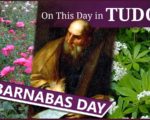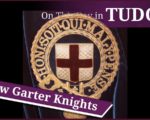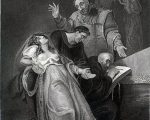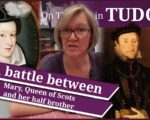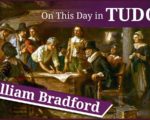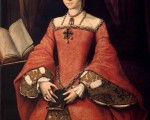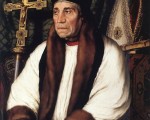
William Warham was born in Church Oakley in Hampshire to parents Robert and Elizabeth. His origins were humble, evidenced by a commemorative brass in Church Oakley presumably set up by William himself, the brass carrying with it no emblems of social distinction. His uncle was also a carpenter, which further hints at his humble upbringing. William was educated at Winchester College and New College, Oxford, becoming a fellow in 1475 and acquiring a doctorate in canon law.
In 1448, Warham moved to London to take up a post in the Court of Arches, and two years later, it is believed he went to Rome as a proctor of John Alcock, Bishop of Ely. Soon after, he began to procure sinecures, including the archdeaconry of Huntingdon and the precentorship of Wells. In 1491, Warham performed his first secular duty when he was appointed to the English party sent to Antwerp to discuss disputes with merchants. In 1493, he travelled to Burgundy to meet with Margaret, Duchess of Burgundy, to attempt to halt support for Perkin Warbeck, a pretender to the English throne. In February 1494, he received his long-awaited royal preferment to the mastership of the rolls. This position granted him numerous opportunities as be began to negotiate the marriage of Prince Arthur and Katherine of Aragon with the Spanish ambassador. In 1501, his negotiations with Emperor Maximilian I ensured that he was able to hand over a major threat to the reign of Henry VII – Edmund de la Pole.
[Read More...]
